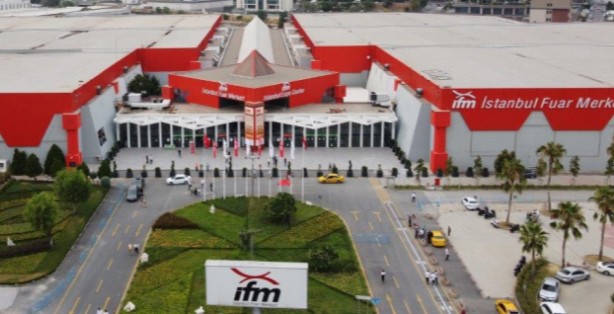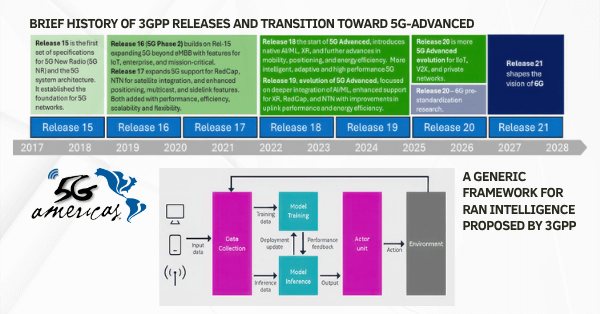Strengthening Security in Utility Networks through Innovative Collaboration
Ericsson, a global leader in telecommunications, has recently announced its collaboration with OneLayer, a pioneering firm specializing in securing private LTE/5G networks for enterprises. This partnership focuses on fortifying the security of mission-critical private cellular networks tailored for utilities at Ericsson’s Global Utilities Innovation Center located in Plano, Texas.
The Utilities Innovation Center: A Hub for Real-World Network Simulation
The Utilities Innovation Center serves as a comprehensive laboratory, catering specifically to the needs of the power, gas, and water sectors. It replicates a real utility network environment encompassing aspects like resource generation, transmission, distribution, and consumption. Koustuv Ghoshal, Vice President and Head of Utilities vertical business at Ericsson North America, highlights the center’s unique role. It acts as a collaborative platform where utilities, device manufacturers, and network experts jointly explore new use cases in a genuine operational setting, focusing on advancing security, resilience, and efficiency.
OneLayer’s Contribution to Enhanced Network Infrastructure Security
Ericsson’s pursuit of innovation led to its collaboration with OneLayer, aiming to augment the inherent security features of its network infrastructure. OneLayer introduces its proprietary technology, OneID, which addresses the challenges posed by the different protocols and topologies between cellular and traditional networks. The OneLayer Bridge platform integrates effortlessly, extending the capabilities of existing security and asset management tools to the cellular domain.
The Integration of OneLayer Bridge with Ericsson’s Infrastructure
The OneLayer Bridge platform and interface now serve as a vital component alongside Ericsson’s mission-critical private cellular network infrastructure. Utilities have the opportunity to test and evaluate this integration at the Ericsson Utilities Innovation Center before deploying it in their private network environments.
Advanced Security Features Unveiled by OneLayer and Ericsson
OneLayer’s integration with Ericsson‘s containerized applications and the dual-mode 5G Core network introduces advanced security features. These include detailed asset visibility and fingerprinting, context-based segmentation, anomaly detection, Zero Trust authentication, and geofencing.
Dave Mor, CEO of OneLayer, emphasizes the transformative impact of OneLayer on both security and operational capabilities within the utility sector, ranging from asset management to network optimization.
Experience the Collaboration at Ericsson’s Innovation Center
To witness the combined efforts of Ericsson and OneLayer, interested parties are encouraged to visit the Ericsson Global Utilities Innovation Center. Additionally, both companies will be present at the Ericsson booth #3153 at DISTRIBUTECH International from February 27-29 in Orlando, Fla., showcasing their Zero Trust Security and Autonomous Operations in a live private cellular environment.






























